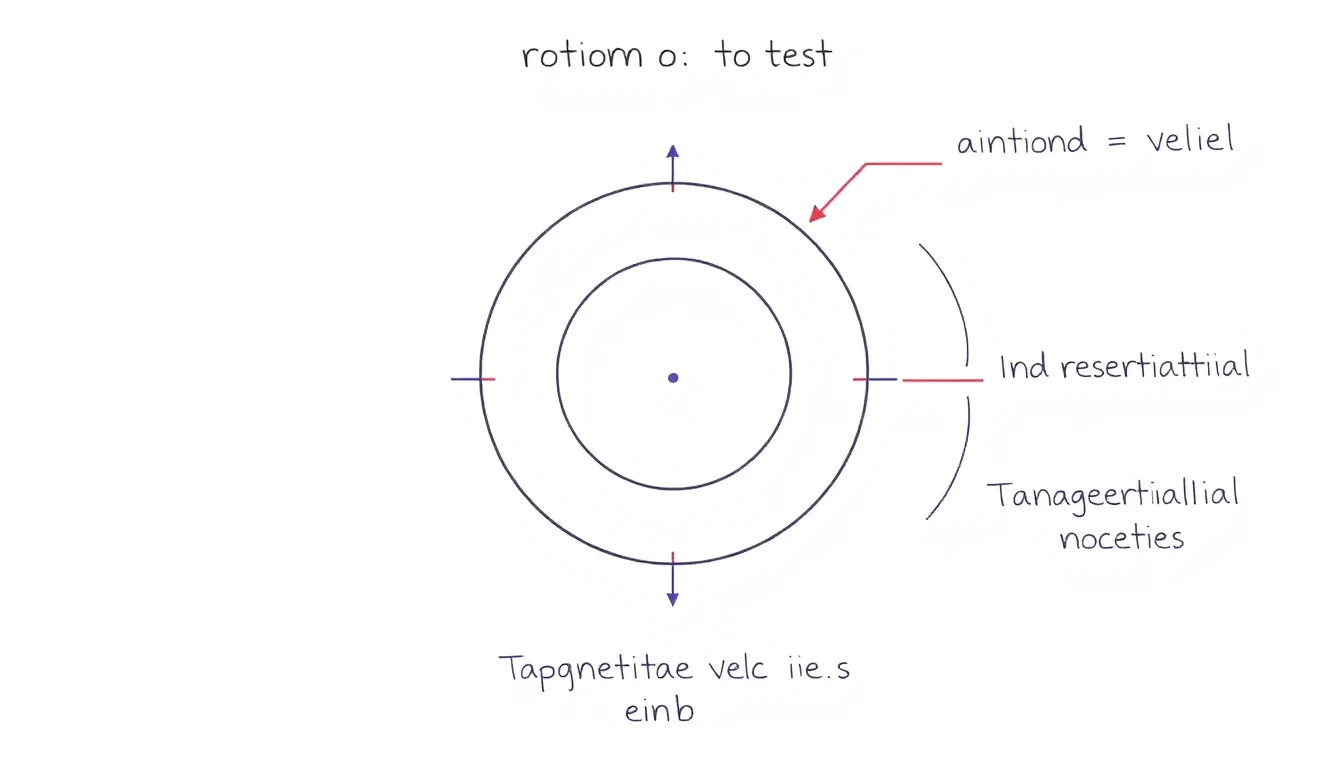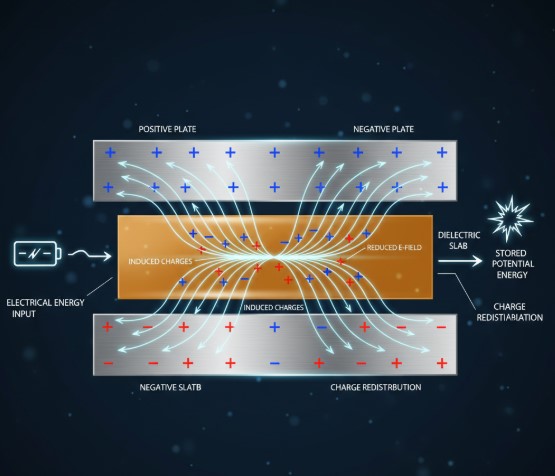IIT JEE rotation is a critical topic for the IIT JEE exam, demanding a strong grasp of rotational mechanics. This post provides a comprehensive guide to tackle complex problems. We will discuss angular velocity, tangential velocity, and their relationships through detailed examples and step-by-step solutions. Prepare to enhance your problem-solving skills and boost your performance.
Table of Contents
Read More
Welcome to the world of rotational motion! This post is designed to help you master the intricacies of IIT JEE rotation problems. We will solve challenging problems related to rotational mechanics, angular velocity, and related concepts. Whether you are a student aiming to ace the IIT JEE exam or simply a physics enthusiast, this guide will provide you with the tools and understanding you need to succeed. Let’s begin our journey into the realm of rotating bodies and their fascinating behavior.
Unveiling the Basics of Rotational Motion
Let’s delve into the fundamentals of rotational motion and explore some critical concepts. Understanding the relationship between angular velocity, radius, and tangential velocity is key to solving many problems. We will cover the key principles and equations, providing you with a strong foundation to tackle more complex scenarios.
Angular Velocity and its Significance
Angular velocity, often denoted by the Greek letter omega (##\omega##), measures the rate of change of angular displacement. It’s a vector quantity that describes how quickly an object is rotating or revolving. For instance, a rotating wheel has an angular velocity, and so does the Earth as it spins on its axis. The higher the angular velocity, the faster the rotation. Understanding angular velocity is fundamental to understanding rotational motion.
Angular velocity is measured in radians per second (rad/s). The direction of the angular velocity vector is determined by the right-hand rule. If you curl the fingers of your right hand in the direction of rotation, your thumb points in the direction of the angular velocity vector. This concept is crucial for analyzing the motion of rotating objects in 3D space. For example, a spinning top and a satellite orbiting the Earth both exhibit angular velocity.
Tangential Velocity and its Relation to Angular Velocity
Tangential velocity, often denoted by ##v##, is the linear speed of a point on a rotating object. It’s the velocity of a point as it moves along the circumference of a circle. The tangential velocity is always perpendicular to the radius of the circle at the point of interest. This relationship is critical in many scenarios, from the motion of a point on a rotating wheel to the motion of planets in orbit.
The tangential velocity is related to the angular velocity (##\omega##) and the radius (##r##) of the circular path by the equation ##v = r\omega##. This formula is a cornerstone in understanding rotational motion. It tells us that the tangential velocity of a point on a rotating object is directly proportional to its distance from the axis of rotation. For example, the tip of a rotating blade has a higher tangential velocity than a point closer to the center.
Solving the IIT JEE Rotation Problem
Now, let’s solve a classic problem related to IIT JEE rotation. We will walk through the problem step by step, explaining the concepts and equations used. This detailed explanation will help you understand how to approach similar problems and enhance your problem-solving skills.
Problem Statement
A rod of length 2 meters rotates at a constant angular velocity of 10 rad/s. Determine the velocity of the tip of the rod. This problem is a great example of how to apply the concepts of angular velocity and tangential velocity. We will now use the formula ##v = r\omega## to find the tangential velocity of the tip of the rod.
The rod’s length (##r##) is 2 meters, and the angular velocity (##\omega##) is 10 rad/s. We can use the formula ##v = r\omega## to find the tangential velocity ##v##. The tangential velocity is the linear velocity of the tip of the rod as it rotates. By calculating the velocity, we can understand how fast the tip of the rod is moving in a circular path. This problem illustrates a fundamental concept in rotational mechanics.
Step-by-step Solution
To find the velocity of the tip of the rod, we use the formula ##v = r\omega##, where ##v## is the tangential velocity, ##r## is the radius (length of the rod), and ##\omega## is the angular velocity. The length of the rod is 2 meters, and the angular velocity is 10 rad/s. Substituting these values into the equation yields the solution.
Plugging in the values, we get ##v = 2 \text{ m} \times 10 \text{ rad/s} = 20 \text{ m/s}##. Therefore, the velocity of the tip of the rod is 20 m/s. This value represents the linear speed of the tip as it moves in a circular path. This simple calculation demonstrates the relationship between angular and tangential velocity, essential for solving various IIT JEE rotation problems.
Similar Problems for Practice
Here are some similar problems to reinforce your understanding of rotational motion. Try solving these problems on your own, and then check your answers. Practice is key to mastering these concepts. These problems are similar in concept to the one we just solved, designed to test your understanding of rotational mechanics.
Problem 1
A wheel with a radius of 0.5 meters rotates at 20 rad/s. What is the tangential velocity of a point on the rim? Answer: 10 m/s
Problem 2
A disc rotates with a frequency of 5 Hz. If a point on the disc is 0.2 meters from the center, what is its tangential velocity? Answer: 6.28 m/s
Problem 3
A rod of 3 meters rotates at 5 rad/s. Find the velocity at the midpoint of the rod. Answer: 7.5 m/s
Problem 4
A flywheel has a radius of 1 meter and rotates at 30 rad/s. What is the speed of a point on its edge? Answer: 30 m/s
Problem 5
A rotating object has an angular velocity of 15 rad/s, and a point is located 0.4 meters from the axis. Calculate the tangential velocity. Answer: 6 m/s
Key Takeaways
Mastering rotational motion is crucial for success in the IIT JEE exam. This post has covered the core concepts of angular and tangential velocity, providing you with the knowledge and practice needed to tackle related problems. By understanding the relationship between angular velocity, radius, and tangential velocity, you can solve a variety of rotational mechanics problems.
Remember, practice is key. Solve as many problems as possible and review the fundamental concepts. By consistently practicing and reviewing, you will be well-prepared to excel in your IIT JEE exam. Continue to explore more complex problems to deepen your understanding of rotational motion. Good luck with your preparation!
| Concept | Description | Formula |
|---|---|---|
| Angular Velocity (##\omega##) | Rate of change of angular displacement, measured in rad/s. | ##\omega = \frac{{\Delta \theta}}{{\Delta t}}## |
| Tangential Velocity (##v##) | Linear speed of a point on a rotating object, measured in m/s. | ##v = r\omega## |
| Radius (##r##) | Distance from the axis of rotation to the point of interest, measured in meters. | – |
We also Published
RESOURCES
- Seeing this JEE advanced problem everywhere makes me cringe : r …
- What should be the strategy to master rotational motion for the JEE …
- IIT JEE advanced Physics -Rotation Mechanics – Study Materials
- Instantaneous Axis Of Rotation : Theory & Examples for IIT JEE …
- Rotational Mechanics
- Rotation by Balaji Sampath (AIR 4 in IIT JEE 1990) – YouTube
- homework and exercises – Physics IIT-JEE rotation question, getting …
- IIT JEE Advanced 2016 Question Paper 2 with Solutions
- in iit jee 2016 advanced rotation problem involving | Chegg.com
- Joint Entrance Examination – Advanced – Wikipedia







0 Comments